Inductive product appearance detection, how to improve the detection accuracy?
Inductors (inductors) are electromagnetic induction components made of insulated wires, which need to go through a number of complex processes in the entire production process. In the multi-process processing, the components will inevitably appear such as upper and lower dislocation, cracks, dirt, damage and other defects. For the appearance defects of inductors, manual detection is used only, the detection speed is slow and the false detection rate is high. How can enterprises improve the speed and accuracy of inductance detection? Defects can be easily addressed by adding Siptech automated inductive appearance inspection imaging solutions to the production process or product quality inspection. Detection requirement In the production process of inductors, there are scratches, cracks, PIN copper exposure, skew, broken foot, PIN oxidation, expansion, bad PIN, PIN iron powder, paint, paint off, rust, foreign body, defects, pitting, stained plate and other defects. The contrast degree between the defect and the background is different under different light sources. In the selection of light source, it is necessary to improve the contrast between subtle defects and the background, so as to facilitate image processing by vision processing software. In the hardware selection, it is necessary to extract the feature of the product. In the vision software, it is necessary to quickly process the collected images to improve the detection rate of problem products, and at the same time, it can connect with the production management system of the enterprise, complete the automatic data summary and traceability, and help the production enterprise realize intelligent and digital management. Detection efficiency up to 180 pieces per minute. Testing equipment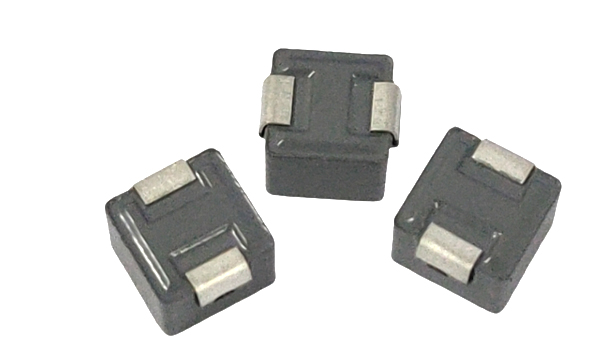
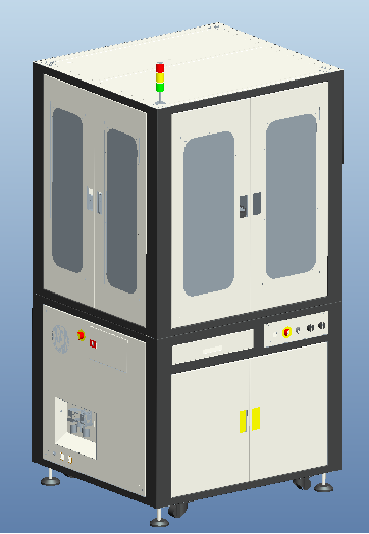
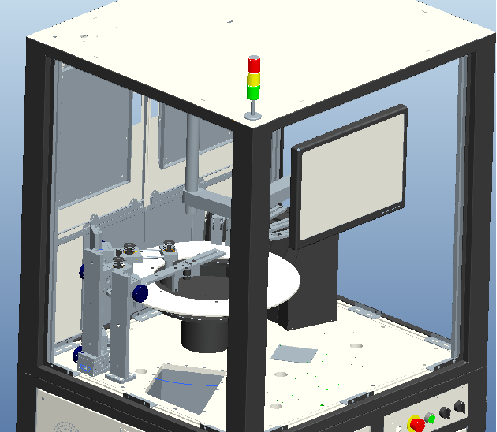
Detection process
Image acquisition: The use of cameras, cameras and other equipment to collect image data, as input data for processing and analysis.
Image preprocessing: The acquired image data is preprocessed, including denoising, grayscale, scale transformation and other operations, so that the subsequent processing is more accurate and efficient.
Feature extraction: The features in the image, such as edges, corners, textures, etc. are extracted by computer vision algorithms for subsequent target detection and recognition.
Object detection and recognition: Using machine learning, deep learning and other technologies to analyze the extracted features to identify targets, objects or specific patterns in the image.
Target classification or measurement: The classification, measurement or other forms of analysis of the identified target, such as quantitative statistics, dimensional measurement, quality assessment and other operations.
Decision-making and feedback: Make decisions based on the analysis results, which can be automated control, alarm warning, quality determination and other operations, and feedback the results to the user or the system.
Detection effect
Scratch detection
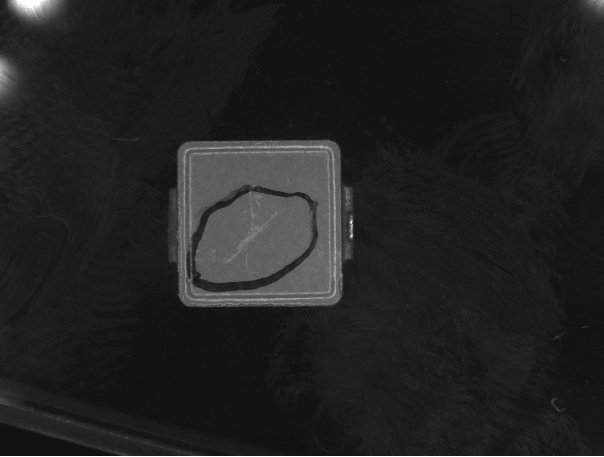
Spray paint pitting detection
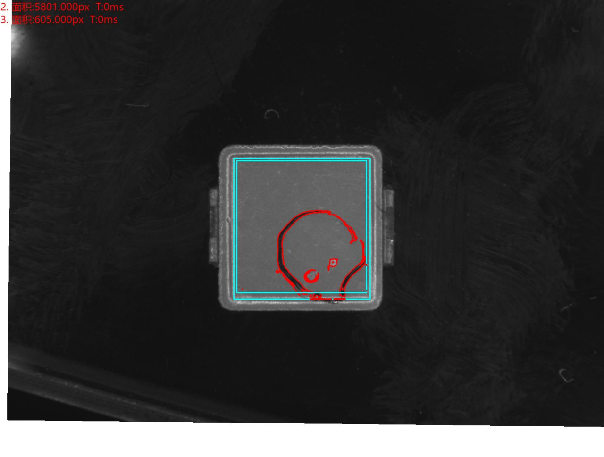
Defect detection
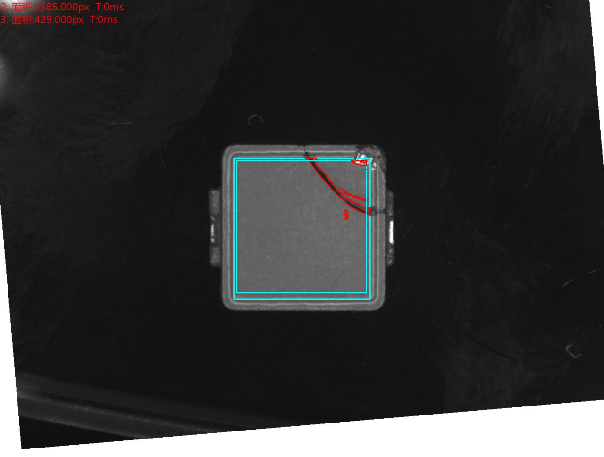
Rust detection
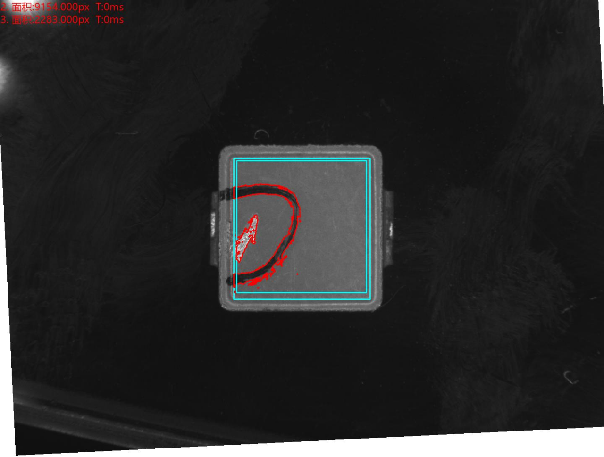
Foreign body detection
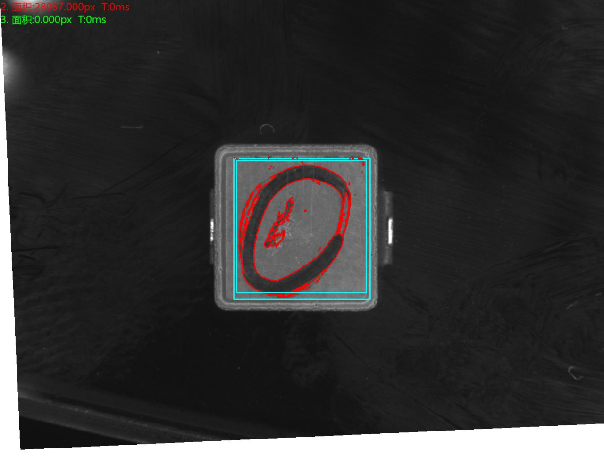
Crack detection
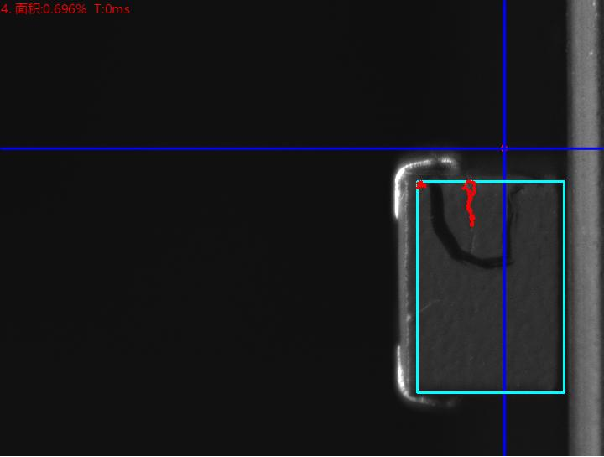
PIN leg exposed copper
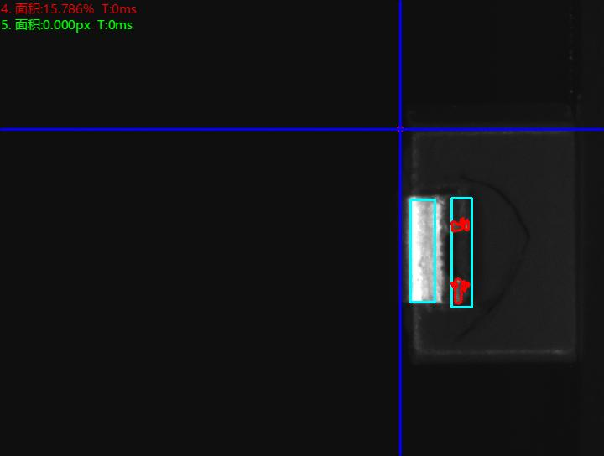
Electrode adhesive paint 1/2
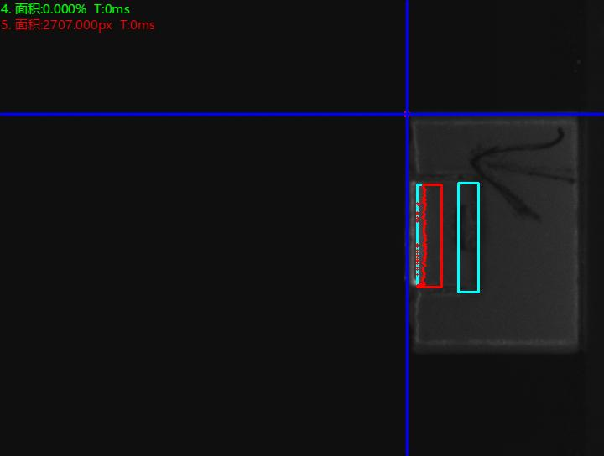
Poor PIN
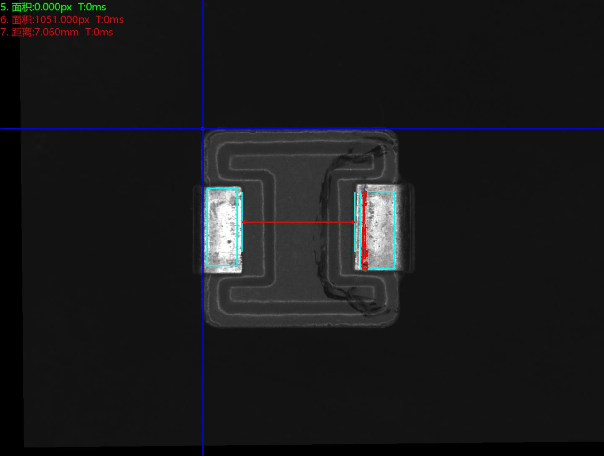
The PIN foot is skewed
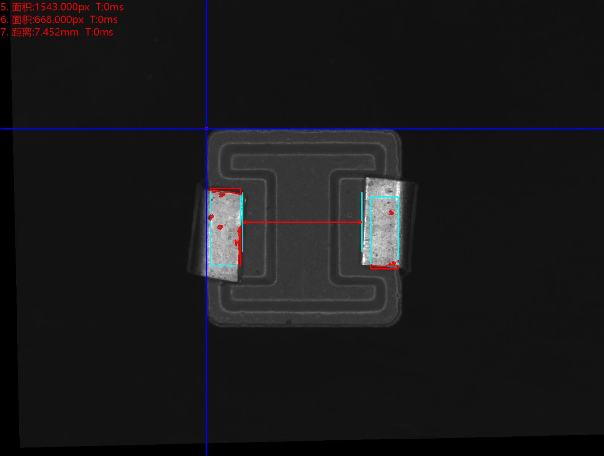
PIN oxidation
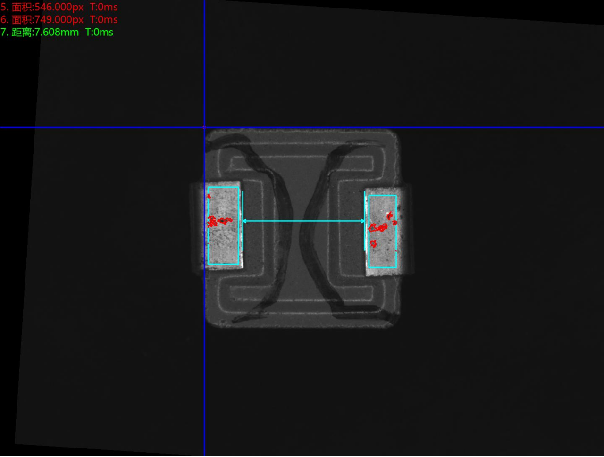
PIN foot iron powder detection
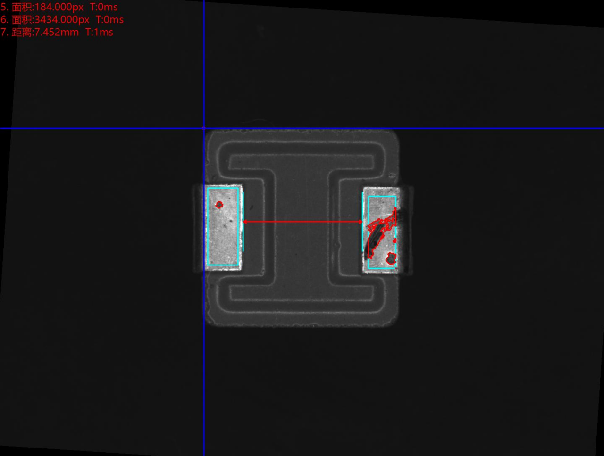
Electrode exposure copper detection
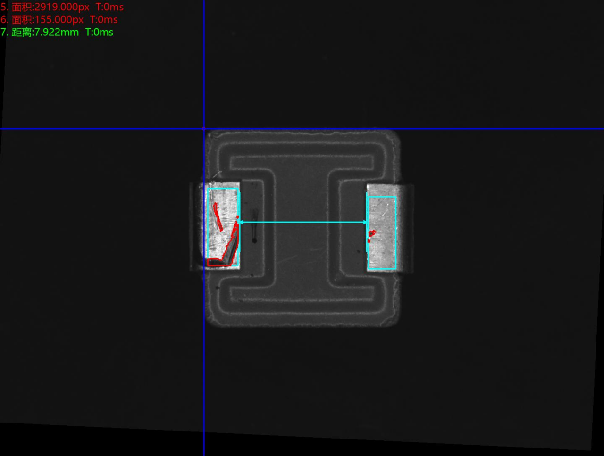
PIN pin expands outward
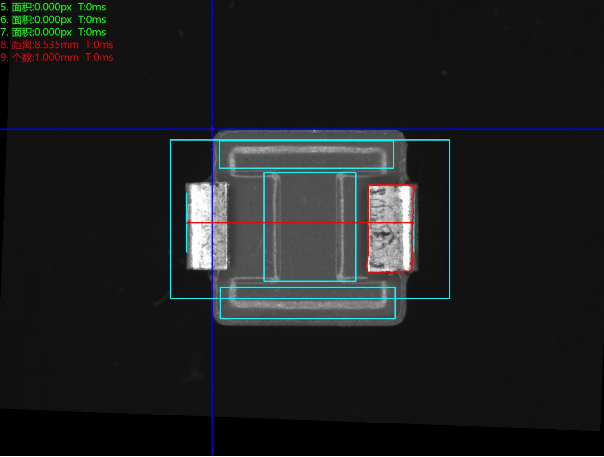
Paint drop detection
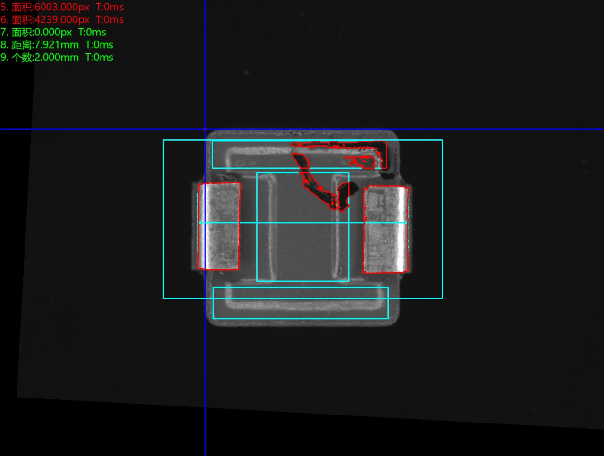
Broken foot detection
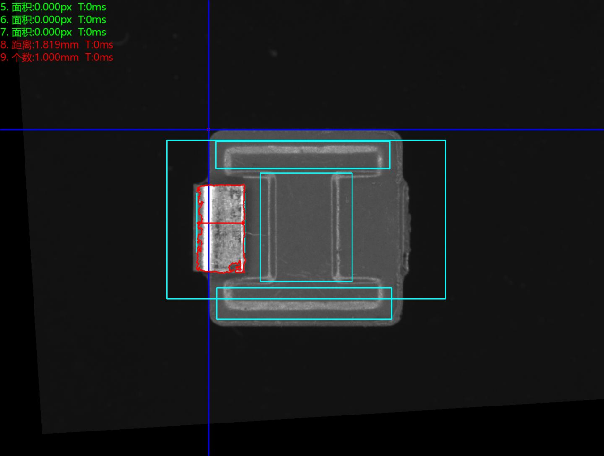
Sticky plate detection
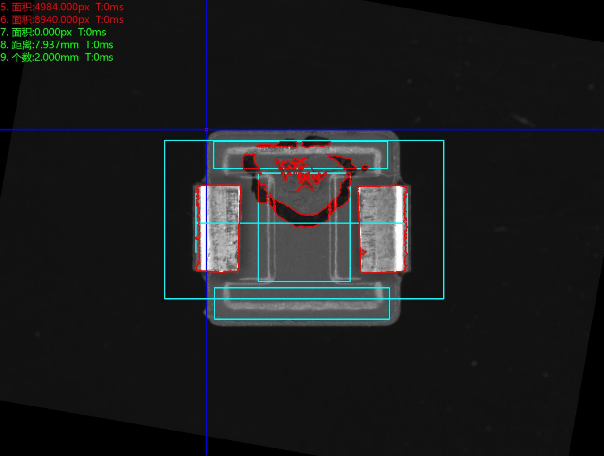
-
Service hotline
13077808017

